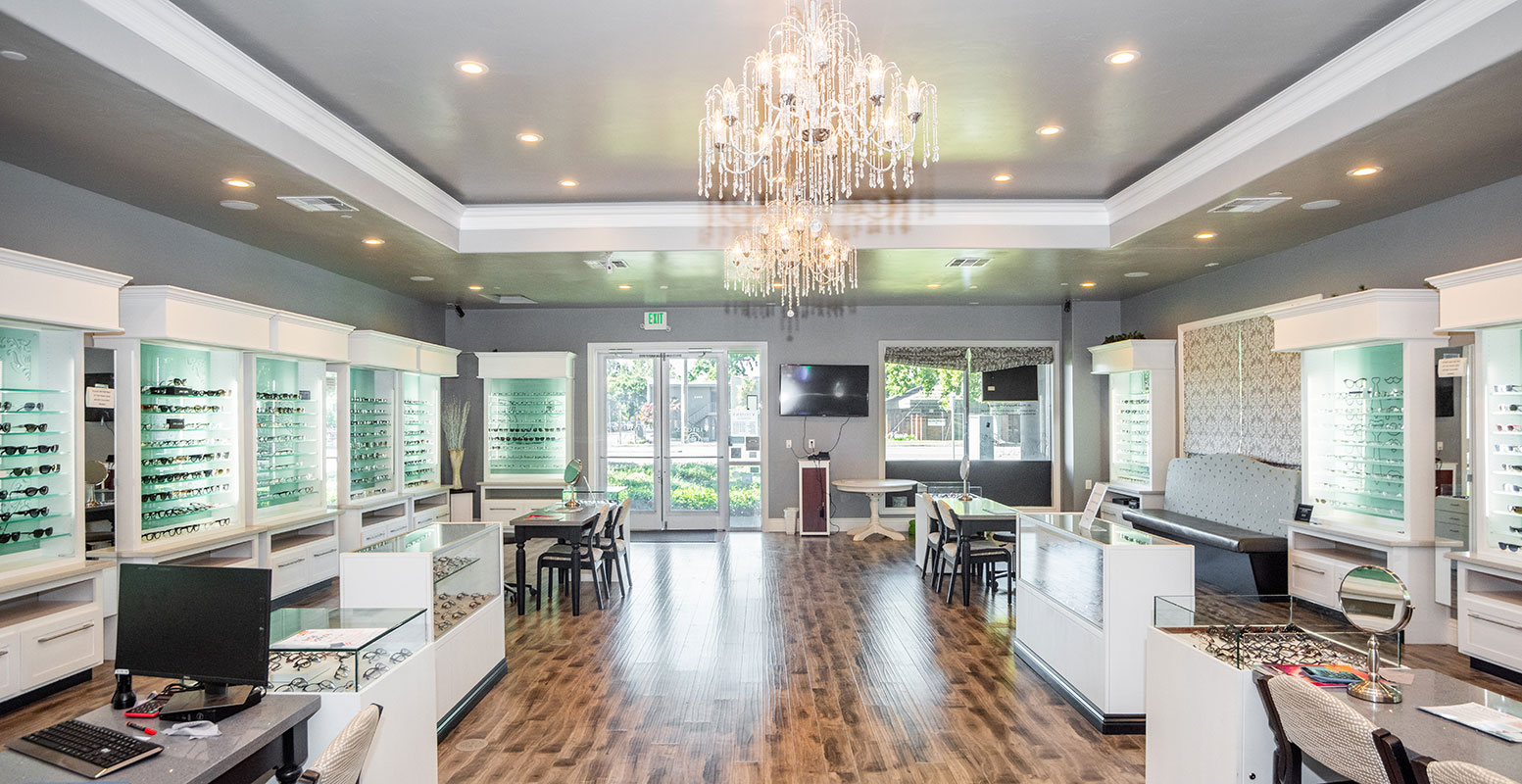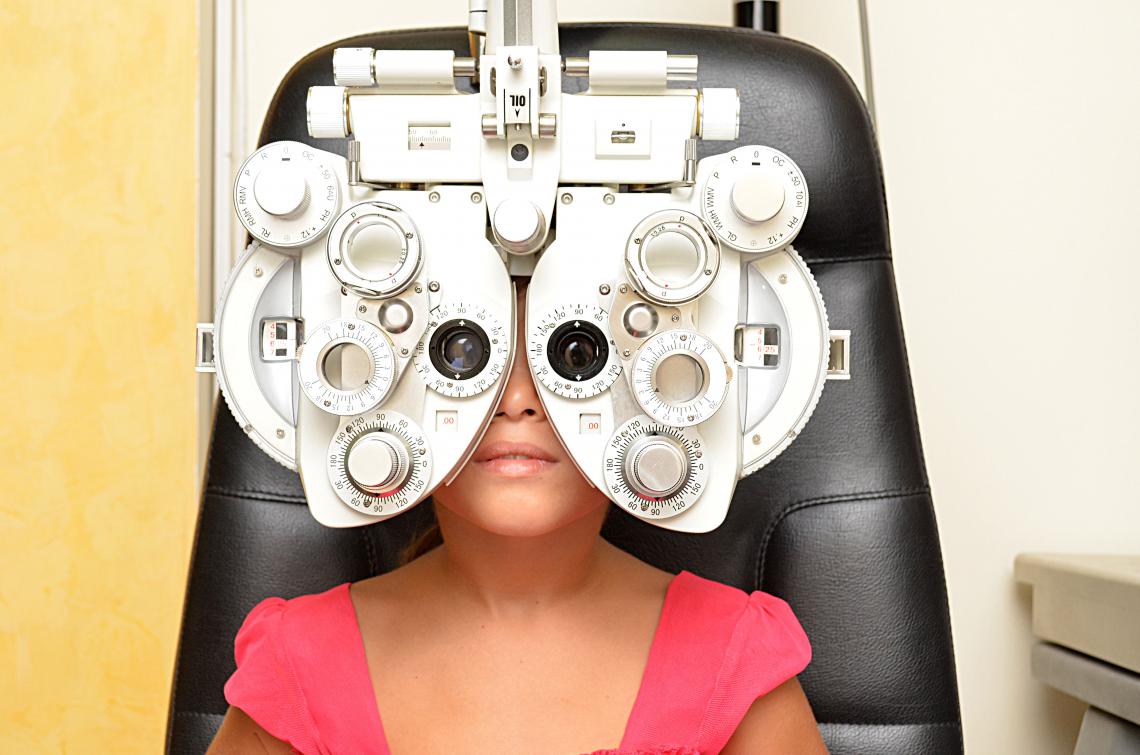Top Factors to Check Out an Optometrist Chino for Your Eye Health
Top Factors to Check Out an Optometrist Chino for Your Eye Health
Blog Article
Discovering the most recent Technological Innovations in Optometry and What They Mean for Eye Doctors
From the precision of Optical Coherence Tomography to the nuanced understandings supplied by AI-driven analysis tools, these advancements are establishing new requirements in person assessment and treatment. As these innovations permeate the method, optometrists are faced with the obstacle of welcoming these devices to enhance client outcomes.
Innovations in Diagnostic Equipment
Advancing the area of optometry, innovations in analysis tools have reinvented the means eye care specialists evaluate and diagnose aesthetic impairments and eye problems. The past decade has actually experienced considerable technological improvements, allowing even more accurate and thorough analyses.
An additional secret technology is the introduction of sophisticated corneal topography systems, which map the surface area curvature of the cornea with accuracy. These tools are specifically helpful for suitable call lenses and diagnosing corneal conditions. Digital retinal imaging has transformed typical ophthalmoscopy, using detailed, breathtaking sights of the retina that promote detailed aesthetic examinations.
The growth of wavefront aberrometry has also been crucial, making it possible for the evaluation of refractive errors with unequaled accuracy (Eye Doctor Optometrist). This technology helps in tailoring corrective lenses and enhancing surgical end results for refractive surgical procedures. Jointly, these analysis improvements encourage optometrists to deliver remarkable person treatment, making sure early treatment and customized treatment approaches, inevitably improving aesthetic wellness results
AI in Person Monitoring
Structure on the foundation of innovative analysis devices, the consolidation of synthetic intelligence (AI) in patient management stands for a transformative leap for optometry. AI systems are increasingly employed to boost effectiveness, accuracy, and customization in patient care.
Furthermore, AI-driven platforms help with streamlined client communications and administrative procedures. Automated organizing, online consultations, and personalized follow-up plans not only enhance individual satisfaction but likewise optimize time administration for specialists. These systems can triage individuals based upon the seriousness of their problems, ensuring that those in crucial demand receive timely focus.
Furthermore, AI boosts decision-making by providing optometrists with evidence-based suggestions and therapy pathways. By incorporating information from digital health and wellness records, AI tools provide understandings that notify scientific decisions, minimizing the danger of mistakes and improving client results. As AI proceeds to develop, its function in client administration will likely increase, reshaping the landscape of optometric care.
Developments in Retinal Imaging
In the world of optometry, retinal imaging has experienced remarkable technological developments that are improving diagnostic capabilities and patient care. Advancements such as Optical Coherence Tomography (OCT) and fundus digital photography have transformed just how eye doctors examine the retina and imagine. OCT, particularly, offers high-resolution, cross-sectional pictures of the retina, permitting the detailed exam of its layers. This ability is very useful for early discovery and administration of conditions like glaucoma, diabetic retinopathy, and age-related macular deterioration.
Improved imaging techniques like OCT angiography are additional refining diagnostic accuracy. Eye Doctor Optometrist. Such developments promote the identification of min retinal adjustments that can signify illness development.
Furthermore, innovations in artificial knowledge are augmenting retinal imaging by allowing computerized evaluation of big datasets. These systems help eye doctors in determining patterns a measure of pathology, consequently boosting analysis precision and performance. Jointly, these innovations are transforming retinal imaging right into a cornerstone of contemporary eye care, enhancing outcomes and increasing healing opportunities.
Teleoptometry's Growing Duty
Teleoptometry is progressively ending up being an essential part of eye treatment, driven by advancements in data and diagnostic tools. As optometry accepts electronic improvement, teleoptometry promotes remote consultations, allowing optometrists to extend their services past traditional boundaries. This is particularly useful in country and underserved areas where accessibility to specialized eye care is commonly minimal. By leveraging high-resolution video conferencing and progressed retinal imaging, optometrists can carry out extensive eye examinations from afar, guaranteeing prompt diagnosis and therapy.
The combination of artificial knowledge (AI) additional improves teleoptometry, enabling the evaluation of visual information and assisting in the detection of ocular conditions such as glaucoma and diabetic person retinopathy. AI-powered address formulas can rapidly interpret complicated imaging data, providing eye doctors with important insights that strengthen scientific decision-making.
Furthermore, teleoptometry sustains connection of care through smooth integration with electronic health documents (EHRs), permitting optometrists to maintain thorough individual backgrounds. This guarantees that patients receive tailored and regular treatment even when seeking advice from various practitioners.
Regardless of these advantages, challenges stay, including ensuring information security and managing individual expectations. Teleoptometry represents a considerable stride towards even more accessible, efficient, and patient-centered eye care. As innovation evolves, its duty is positioned to expand further.

Future Patterns in Eye Care
A myriad of cutting-edge fads is set to reshape the future of eye care, driven by technological developments and the progressing requirements of clients. One significant fad is the combination of expert system (AI) in diagnostics, which promises my review here to improve the precision and effectiveness of eye assessments. AI formulas can evaluate vast amounts of data from retinal images, possibly detecting problems like diabetic person retinopathy and glaucoma earlier than standard methods.
Moreover, personalized medicine is getting traction in optometry, with genetic screening educating tailored treatment strategies. This technique aims to maximize individual outcomes by customizing treatments to specific genetic profiles. Wearable modern technology, such as wise get in touch with lenses, is also on the perspective, supplying real-time monitoring of intraocular pressure or sugar degrees, therefore offering constant understandings into eye and systemic wellness.
The fostering of enhanced fact (AR) and digital fact (VR) in training and patient education is an additional arising fad. These innovations offer immersive experiences that can boost understanding and skills both for people and optometrists. As these patterns progress, eye doctors have to stay abreast of technological developments to supply sophisticated care, ensuring better person end results and complete satisfaction in the vibrant landscape of eye treatment.
Conclusion

Jointly, these diagnostic innovations encourage eye doctors to deliver exceptional client care, guaranteeing very early intervention and customized therapy approaches, eventually improving aesthetic wellness outcomes.

As these innovations continue to develop, optometrists should adapt and incorporate them right into method, ultimately enhancing workflow efficiency and boosting the requirement of eye treatment supplied to individuals.
Report this page